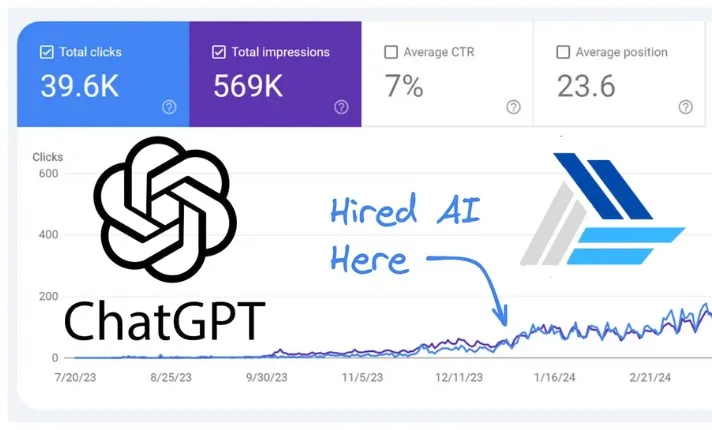Why HTML Encoding is Important
HTML encoding is a crucial aspect of web development, ensuring data security and integrity. This process helps safeguard against unauthorized scripts and HTML manipulations, especially when handling user inputs in web applications.
HTML Encoding vs. URL Encoding
When comparing HTML and URL encoding, it’s important to note that HTML encoding secures data within HTML markup, while URL encoding focuses on encoding special characters in URLs. Both are essential for web security, but HTML encoding is specifically designed to protect content in HTML documents.
How HTML Encoding Works
The HTML encoding process involves converting special characters into HTML entities. For instance, the less-than sign (<) is represented as < and the greater-than sign (>) as >. This conversion ensures that web browsers interpret these characters as text rather than HTML markup.
Protect Against XSS Attacks
By implementing HTML encoding, developers can effectively prevent unwanted scripts or code injections, protecting against Cross-Site Scripting (XSS) attacks. This guarantees that user input is treated as plain text rather than executable code.
Displaying Special Characters
HTML encoding is essential for correctly displaying special characters in HTML documents. Characters such as angle brackets (< and >) and ampersands (&) are critical in web development but require careful handling.
Understanding Non-ASCII Characters
Non-ASCII characters fall outside the ASCII character set, which comprises characters from 0 to 127 decimal (00 to 7F hex). These characters require specific encoding, especially in URLs.
Common Character Encodings
Different types of character encodings include:
- ASCII: Maps characters to values between 0 and 127, supporting the English alphabet and limited symbols.
- ISO-8859-1: Extends ASCII for Western European languages with 256 character codes.
- Unicode: Includes all characters from all writing systems with unique code points.
- UTF-8: Variable-width encoding supporting most characters, compatible with ASCII.
- UTF-16: Fixed-length encoding supporting all Unicode characters.
- UTF-32: Fixed-width encoding using 4 bytes for all characters, less space-efficient but allows simple indexing.
Implementing Character Encoding in HTML
To implement the character set in HTML, specify it using a
ExampleHello, world!
Choosing the Right Character Encoding
Character encodings play a critical role in how international characters are displayed in web browsers, ensuring accurate text representation globally.


 By: Jimni Nomics
By: Jimni Nomics
